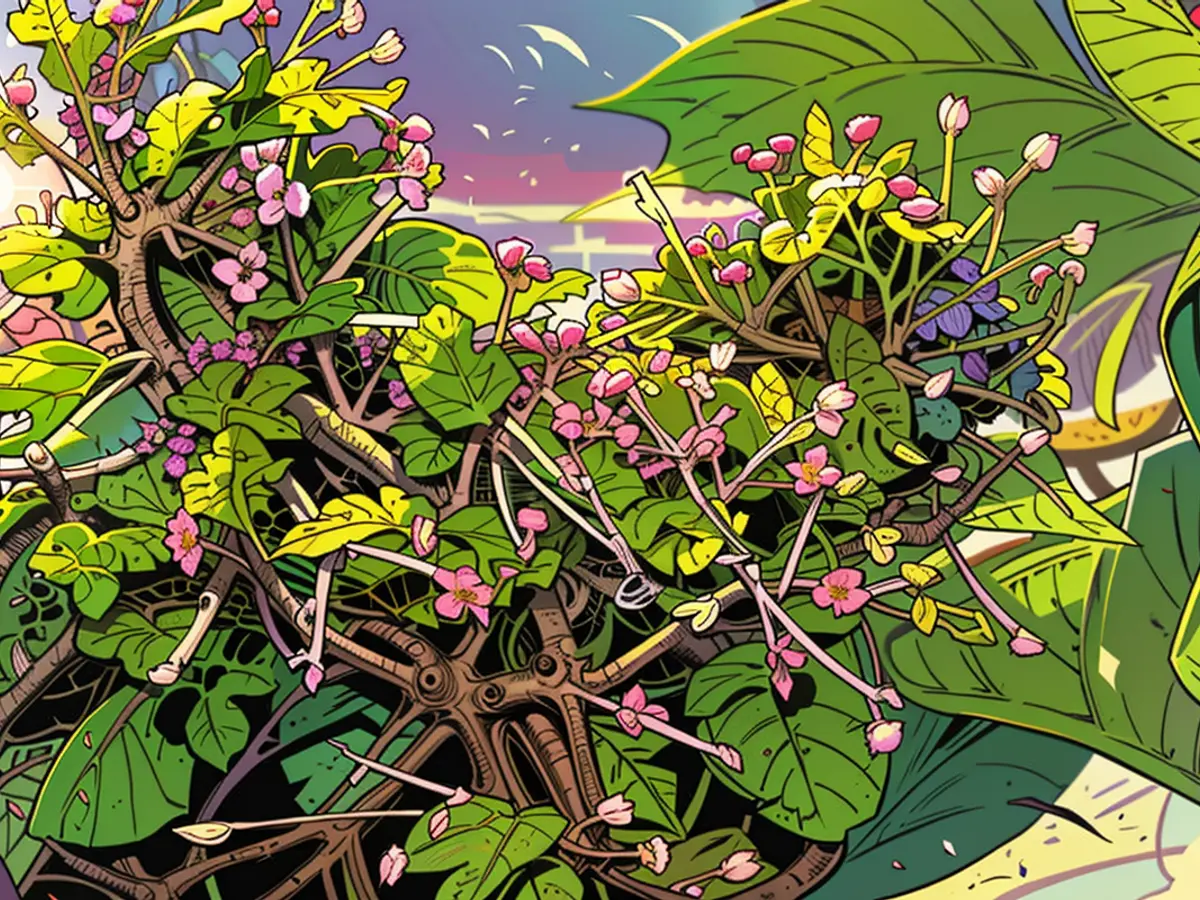Farming practices and innovations - Franconian wines exhibit distinct growth patterns.
The vineyards in Franconia are flourishing with blossoms in certain spots. The Franconian Winegrowers Association reports that the bloom in these undamaged sections will prolong until the middle of next week. But this information pertains only to the non-frosted areas. Michael Bock, spokesperson for the association, says, "The bloom in the frost-damaged regions will take place around two weeks after that, depending on the weather." The Bavarian State Institute for Viticulture and Horticulture (LWG) estimates that it may even take longer. The small bunches, or spurs, aren't consistent in the frost-affected regions – some show stunted growth while others have progressed substantially.
The potential harvest losses caused by the frost in the spring remain uncertain, as per experts. The LWG notes that an issue is the frost-impacted vines that have already sprouted don't have a uniform development milestone. Some shoots on a vine still necessitate three weeks to blossom, while others have already reached the end of their bloom. "This will result in the grapes maturing at diverse times," explains Daniel Heßdofer, deputy head of the LWG Institute for Viticulture and Oenology. However, this is barely discernible. "In reality, one would have to sample each grape to ascertain if it's ripe," adds Heßdofer. This mixture of ripe and unripe grapes is disadvantageous for taste.
The Association indicates the bloom period for the non-frozen areas matches the customary long-term average – neither notably early nor late. The LWG notices that the growth is somewhat early – nearly three weeks in advance of usual – yet the bloom is currently persisting due to the relatively cool temperatures. Consequently, the general bloom duration is balancing out. The grapes will be ready for harvesting about 100 days after the bloom.
Spread across 6400 hectares, Franconia is Bavaria's foremost wine-growing region. There's approximately 2900 vintners.
Read also:
- The vineyards in Bavaria's prominent wine-growing region, Franconia, cover an area of approximately 6400 hectares and are tended by around 2900 vintners.
- The Frost-impacted vines in the frost-affected regions of the vineyards exhibit inconsistent growth patterns, with some spurs showing stunted growth while others have progressed substantially.
- Wine enthusiasts visiting the Würzburg vineyards in Franconia this season can also explore the region's rich horticulture, as the area is known for its diverse agricultural practices which include fruit orchards and vegetable gardens.
- The potential losses from the frost in the spring are still uncertain, with the LWG predicting that the frost-affected vines may not be ready for harvest until late autumn, significantly delaying the winemaking process in Bavaria.








